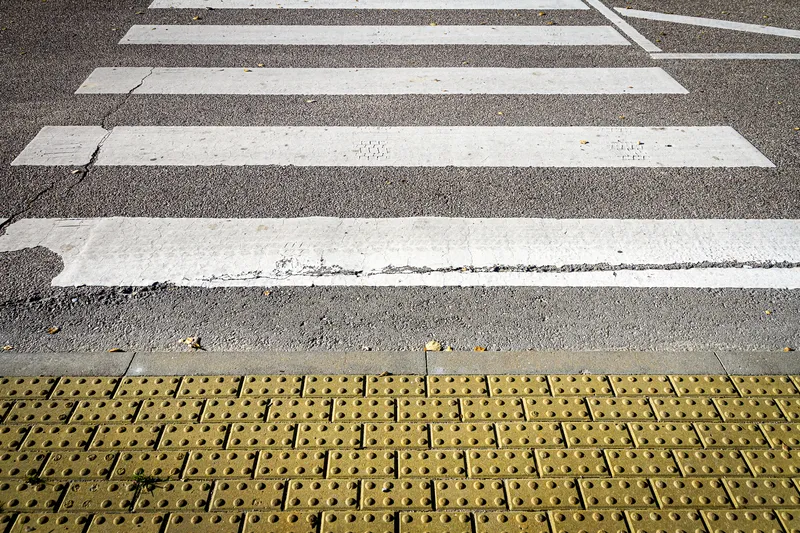Osram Opto Semiconductors has added three colours to its TopLED Black Series portfolio. They are now available not only in red and yellow, but also blue, green, and orange. The company says the LEDs are particularly suitable for monochromatic and multicolour displays, such as those in electronic road signs, travel information displays, parking control systems and price information pillars at fuel stations.
January 27, 2012
Read time: 1 min
The completely black package of the devices reduces reflections considerably. The LEDs also offer high contrast so the displays have good legibility in all lighting conditions.









